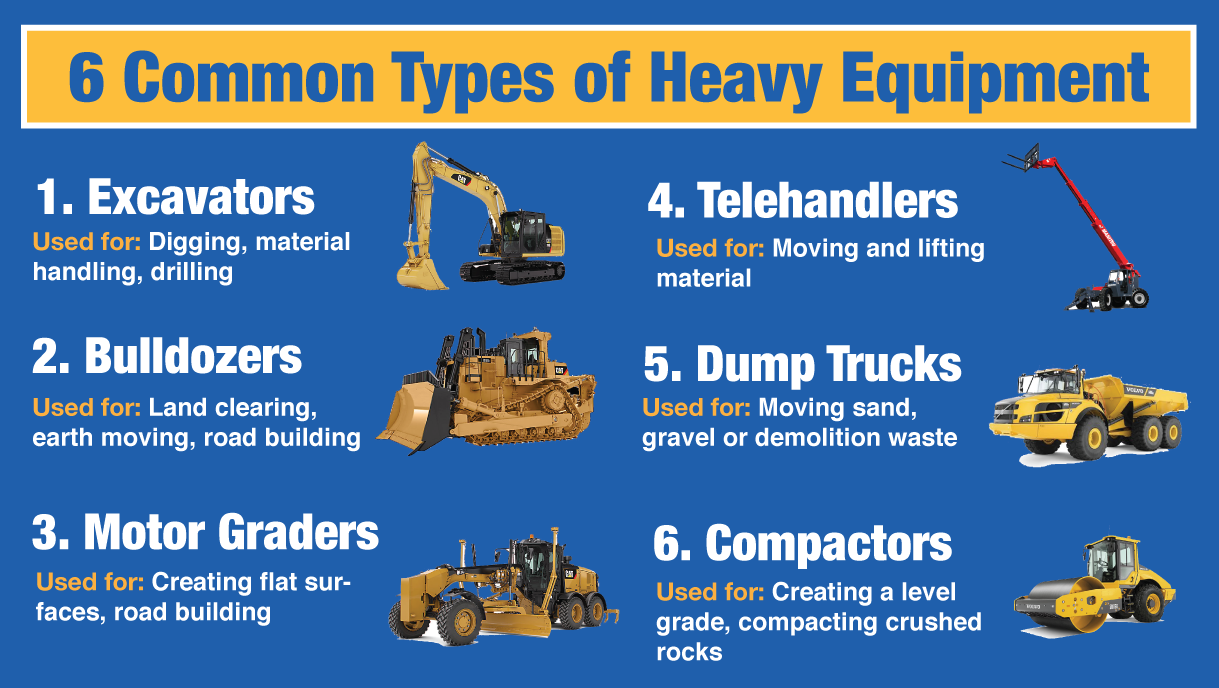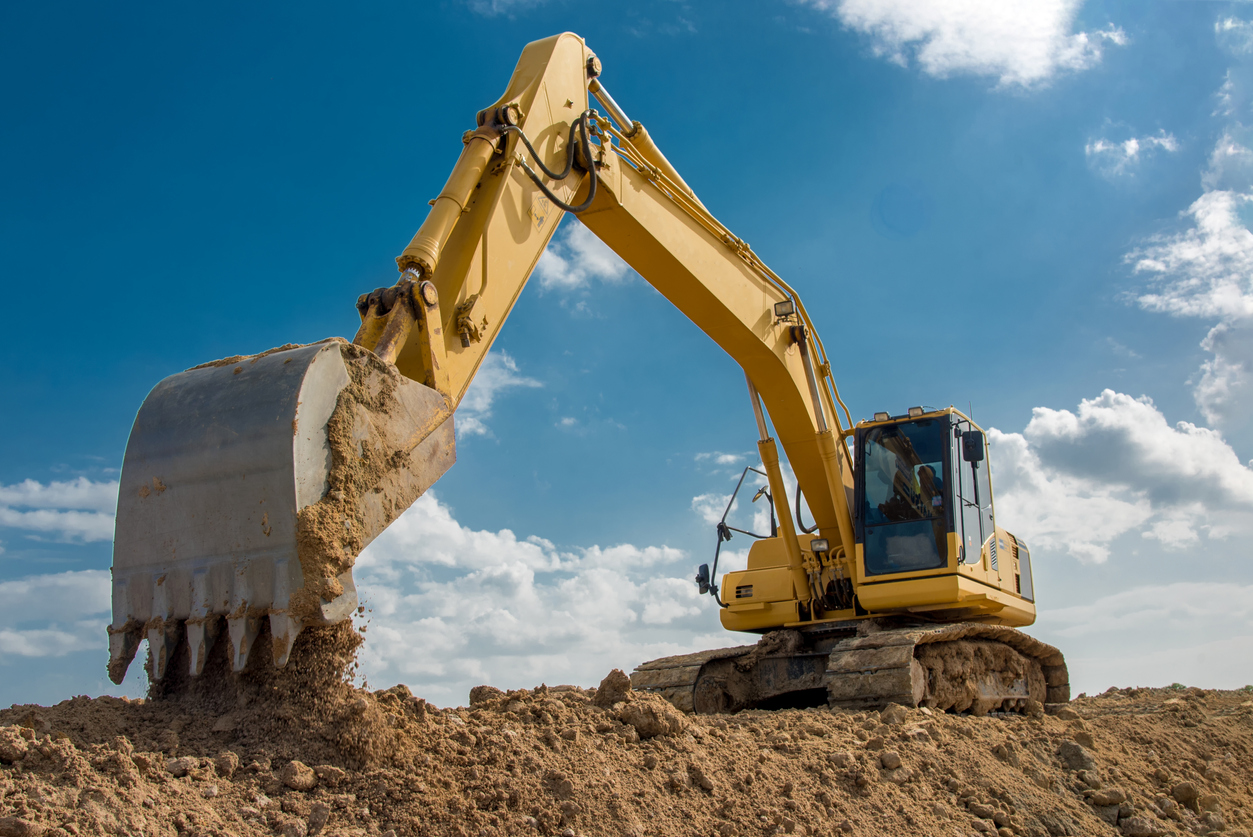Boom Lift Rental: Get To New Heights Securely
Boom Lift Rental: Get To New Heights Securely
Blog Article
Renting Out Vs. Purchasing Construction Devices: Making the Right Option for Your Job
When embarking on a construction project, one of the vital choices that forecast stakeholders and supervisors face is whether to get or lease construction tools. The choice pivots on numerous variables such as price factors to consider, job period, equipment upkeep, scalability, threat, and flexibility management.
Price Considerations
Renting out equipment often requires reduced first settlements contrasted to buying, making it an appealing alternative for short-term tasks or specialists with budget restrictions. In the lengthy run, constantly renting out tools can accumulate greater costs than buying, especially for extensive tasks.
On the various other hand, purchasing construction devices involves greater upfront prices but can lead to long-term financial savings, especially for regular users or long-term projects. Possessing tools provides adaptability, convenience, and the possibility for resale worth once the job is completed. In addition, owning devices permits personalization and experience with particular equipment, potentially increasing efficiency and productivity on-site. Inevitably, the decision in between getting and renting out building and construction equipment pivots on the project's duration, regularity of usage, budget plan factors to consider, and lasting monetary goals.
Job Period

Alternatively, for lasting tasks or continuous construction work, acquiring tools might be the more affordable choice. Investing in devices can cause cost savings over time, specifically if the devices will be frequently used. In addition, owning devices supplies a feeling of control over its schedule and enables modification to fit specific task requirements.

Tools Maintenance
Offered the critical function project period plays in determining the most affordable technique between renting out and purchasing building and construction devices, the emphasis currently moves in the direction of checking out the necessary aspect of tools maintenance. Correct maintenance is critical for making sure the optimal performance and durability of building equipment. Renting out equipment usually features the advantage of having well-kept machinery provided by the rental business. This can ease the concern of maintenance jobs from the job owner or service provider, saving effort and time. On the other hand, owning equipment calls for a positive approach to upkeep to stop breakdowns, ensure safety, and expand the devices's life-span. Normal examinations, maintenance, and timely repairs are essential to maintain owned tools in leading functioning problem. navigate to these guys Consider maintenance costs when deciding between purchasing and renting out, as neglecting upkeep can cause pricey repair services, downtime, and job delays. Eventually, a properly maintained building equipment fleet, whether leased or possessed, is essential for the efficient and successful completion of construction tasks.
Flexibility and Scalability
In the realm of construction equipment management, the element of versatility and scalability holds considerable relevance for project efficiency and resource usage. Deciding to rent out construction tools supplies a high level of versatility as it permits the quick modification of equipment types and quantities based on the progressing requirements of a job. Renting out allows specialists to access a large variety of specific devices that may be needed for details jobs without the long-term commitment of possession. This adaptability is particularly beneficial for jobs with varying requirements or unsure periods (aerial lift rental).
Additionally, scalability, an additional important factor, is naturally linked to versatility. Renting construction equipment provides the advantage of easily scaling procedures up or down as job demands change. Specialists can rapidly include or trade tools to match the project's changing needs without the constraints of owning properties that may become underutilized or outdated. This capability to range sources efficiently can lead to expense savings and boosted project timelines, making renting a favorable alternative for tasks requiring flexibility and responsive resource allowance.
Risk Monitoring
Efficient threat monitoring in building and construction equipment operations is critical to ensuring job success and mitigating possible monetary losses. Building and construction tasks inherently include various dangers, such as tools break downs, mishaps, and job hold-ups, which can considerably impact the project timeline and budget plan. By very carefully considering the risks connected with owning or leasing construction equipment, project supervisors can make informed choices to lessen these possible threats.
Renting out construction devices can provide a level of danger reduction by moving the obligation of maintenance and repairs to the rental company. This can lower the financial problem on the task proprietor in instance of unexpected devices failings (boom lift rental). Additionally, leasing gives the flexibility to gain access to specialized look at this web-site devices for particular project stages, lowering the risk of having underutilized machinery
On the other hand, having building and construction equipment supplies a sense of control over its usage and upkeep. Nonetheless, this also implies birthing the complete duty for repair services, maintenance costs, and devaluation, enhancing the financial risks connected with equipment ownership. Cautious danger evaluation and factor to consider of factors such as task duration, devices usage, and maintenance needs are crucial in establishing the most ideal option for effective risk management in building projects.
Final Thought
To conclude, when making a decision between purchasing and leasing construction equipment, it is very important to consider cost, task period, tools upkeep, scalability, adaptability, and threat monitoring. Each aspect plays an important function in identifying the most appropriate choice for the project handy. By meticulously assessing these elements, job managers can make an informed decision that lines up with their budget plan, timeline, and general job objectives.

Report this page